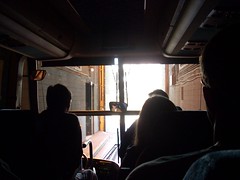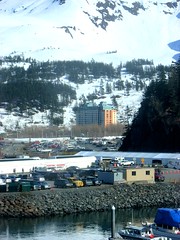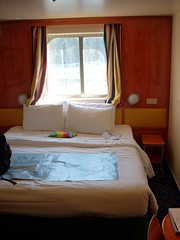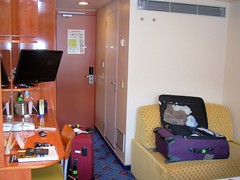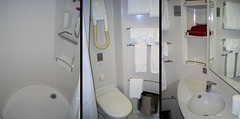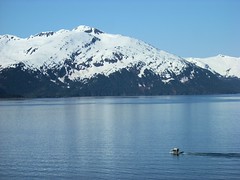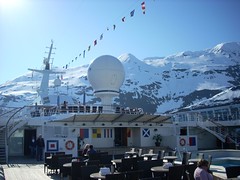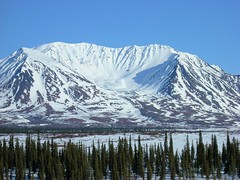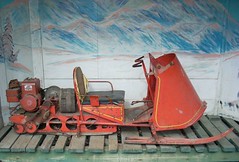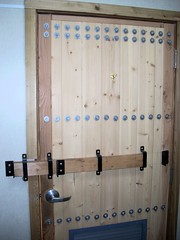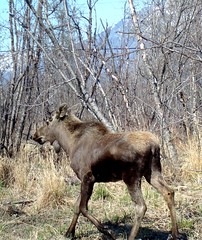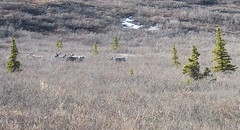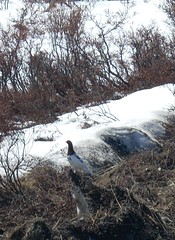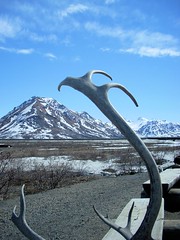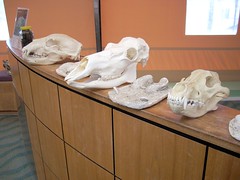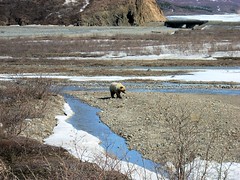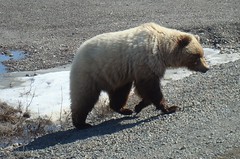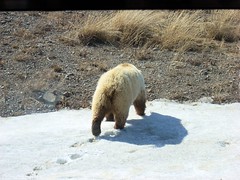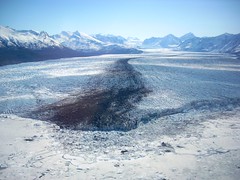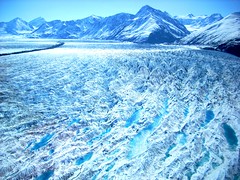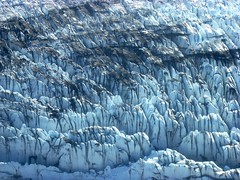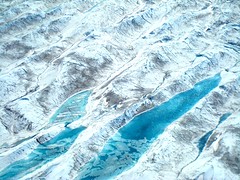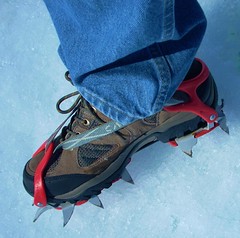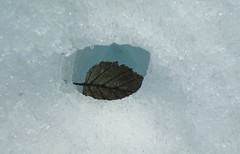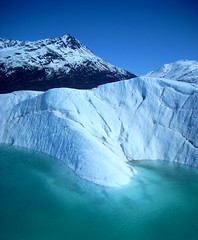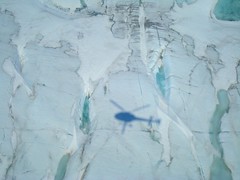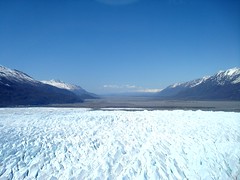
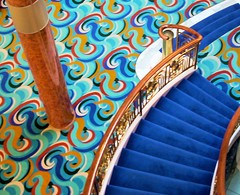
Elsewhere, the satellite/radar domes loomed over the deck like alien overlords, and the spare propeller blades fastened to the foredeck made me worry about how often they break off and require replacement.
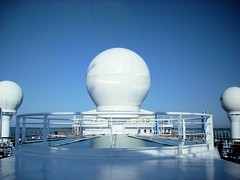
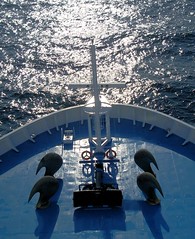
Thanks to some bad publicity surrounding contagious diseases on ships, these hand sanitizer dispensers were located everywhere. We were not permitted to enter a restaurant or board the ship after going ashore without an attendant spraying our hands with it.
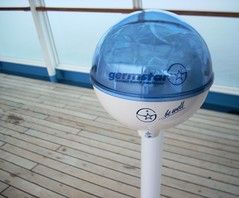
After walking around for awhile, we came to the conclusion that there is really nothing to do on a cruise ship. Oh, they make an attempt to get passengers involved, offering classes in such disciplines as towel-folding and jewelry shopping (seriously). Every day there was an Alcoholics Anonymous meeting, and a GLBT mixer. There were things ending in “o”: bingo, a disco, a casino, espresso, gelato and a soft rock combo. Most of the entertainment seemed about the same level of quality that you might expect at a Midwest airport Holiday Inn. Worse, the cruise line wrings nickels and dimes out of the passengers at every turn. For example, there are exactly two water fountains on the ship for 2,000 passengers. It’s their way of selling bottled water at $2.50 each.

Before long, we noticed a lot of people just sitting in chairs, staring at the horizon.
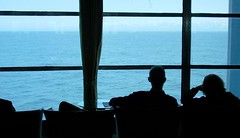
There seemed to be a kind of low-IQ factor among the passengers, who seemed amazed or delighted by things that I considered rather ordinary. The first morning, the seas were just a little rough, with whitecaps. It was enough that you could feel it, but not enough to cause discomfort. I had a cup of coffee next to one of the swimming pools, and the water was sloshing back and forth, spilling over the sides.

A guy walked up next to me, watched the waves crashing from one end of the pool to the other, and asked, "How do they make it do that?"
"Physics," I replied. He looked at me strangely and walked away.
I had no time to explain further, because I had to deal with a personal issue. When you go on a long trip, you have to bring a lot of clothes. On a cruise ship, laundry is ridiculously expensive. By the time we boarded the ship, I had a lot of dirty socks, and it was more expensive to wash them than it was to buy new socks. But they don’t sell socks on our cruise ship. So I washed them in the sink, and hung them on a clothesline in the shower.
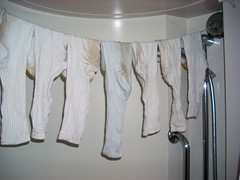
Three days later, they were still wet. By then I was low on clean underwear also. In desperation, I came up with this elegant solution.
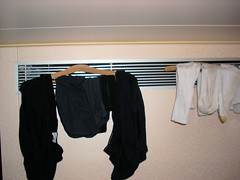
Those are hangars from the closet jammed into the air conditioner vent. The flow of air dried the socks and underwear overnight. If you take a cruise, bring a small bottle of Woolite and you can take me out to dinner with the money you save.

